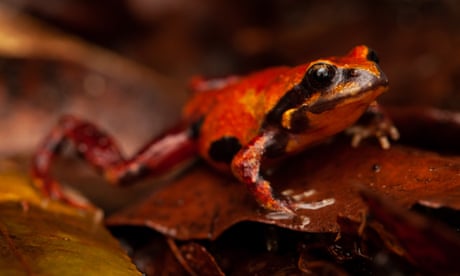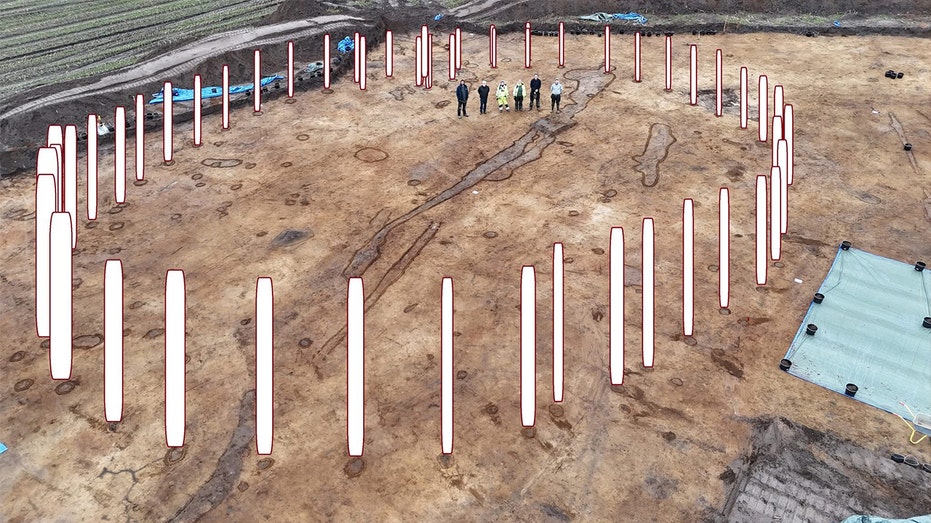- by foxnews
- 10 Mar 2025
‘Unique’ frogs in NSW rainforests feared locally extinct after black summer bushfires
‘Unique’ frogs in NSW rainforests feared locally extinct after black summer bushfires
- by theguardian
- 09 May 2023
- in news

Several frog species are feared to be locally extinct in parts of New South Wales after the black summer bushfires, a survey of amphibian populations has found.
Scientists conducted a survey of 411 sites in north-east and south-east NSW, monitoring 35 frog species for 18 months after the 2019-2020 bushfire season.
Focusing on nine threatened species, the researchers found that those in rainforest habitats were most significantly affected by the fires - specifically the pouched frog, the giant burrowing frog and Pugh's mountain frog.
The study's first author, Dr Chad Beranek of the University of Newcastle, said the Pugh's mountain frog, a unique species with a call that "sounds like a bit of a fart", was the worst affected.
"This is a frog species that not many people would have encountered because they occur in rainforest bog habitat in the northern areas of the Great Dividing Range," Beranek said.
Some rainforest frog species had "been evolving in Australia as long as the platypus", Beranek said. "In some senses, they are as unique as the platypus in the frog world, because some of them have these unique life history strategies which aren't seen anywhere else in the world."
The researchers noted the local extinctions of severely affected species, meaning their populations had completely disappeared from specific sites such as certain creeks.
"It doesn't mean that those frogs won't ever be there, again, at some of those sites, because you can get what's called re-colonisation," Beranek said. "For that to occur, you need connectivity in the landscape," which can be disrupted by human activities such as through logging or urban development.
One silver lining was that tree-dwelling frog species fared better after the fires than the researchers had predicted. "We thought if severe fire came through and completely consumed the canopy, those frogs wouldn't have a chance of surviving. But we found, actually, that that was wrong," Beranek said.
However, burrowing frog species, such as the giant burrowing frog, were more severely affected than researchers had hypothesised.
Burrowing frogs species were thought to be relatively fire tolerant due to their ability to burrow underground to avoid heat. However, local extinctions may have occurred in locations where the severity of the bushfires exceeded the physiological limits the frogs.
"We are cautious in interpreting our results as strictly revealing the impacts of the wildfires alone, as it is likely that some species were also affected by the long-term preceding drought," the researchers wrote.
"It gets worrying if there's repeated succession of disturbances in close temporal proximity," Beranek said.
The black summer bushfires were previously estimated to have affected 51 million frogs across Australia.
The study was published in the journal Diversity and Distributions.
- by foxnews
- descember 09, 2016
Ancient structure used for cult 'rituals' discovered by archaeologists
A Neolithic Timber Circle was discovered by archeologists in Denmark resembling the historical landmark Stonehenge in the U.K. It is open to be viewed by the public.
read more


